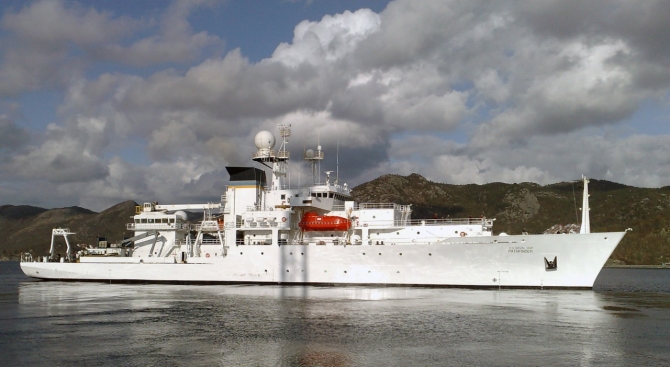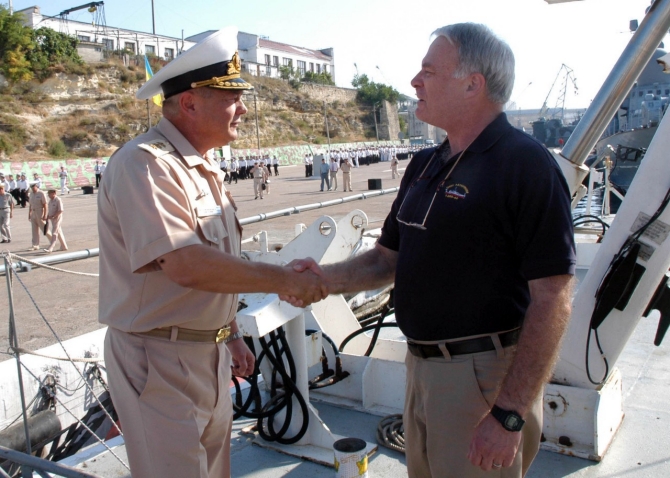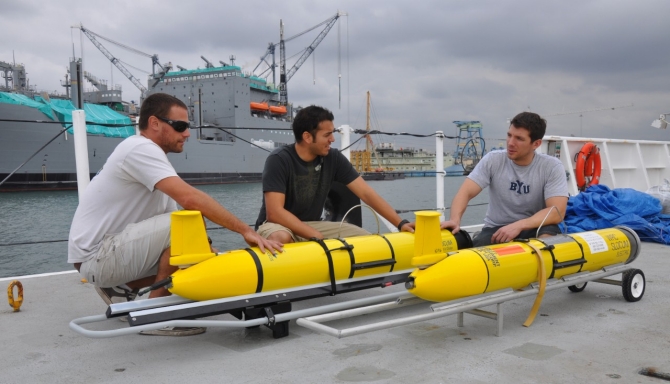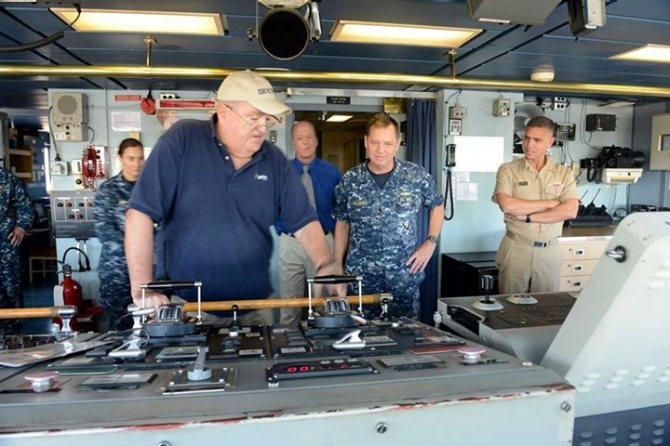Pathfinder II (T-AGS-60)
1994–
The second U.S. Navy ship named for one who discovers a new route through untraversed regions.
II
(T-AGS-60: displacement 5,000; length 329'; beam 58'; draft 19'; speed 16 knots; complement 51; armament none; class Pathfinder)
The second Pathfinder (T-AGS-60) was laid down on 3 August 1992 at Moss Point, Miss., by Halter Marine, Inc.; launched on 4 October 1993; sponsored by Mrs. Beverly Nelson, wife of Stewart B. Nelson, Ship Design Coordinator, Naval Oceanographic Office; and was placed in service with the Military Sealift Command (MSC) on 28 October 1994.

The MSC’s Special Mission program supports worldwide oceanographic programs with ships like Pathfinder that perform acoustical, biological, physical, and geophysical surveys. These ships gather data that provides much of the military’s information on the ocean environment. The collected data helps to improve technology in undersea warfare and detecting enemy ships. In particular, Pathfinder utilizes a variety of underway, towed, and over-the-side systems to support bathymetry, hydrography, physical oceanography, and navigation.



Detailed history pending.
Mark L. Evans
14 December 2015


